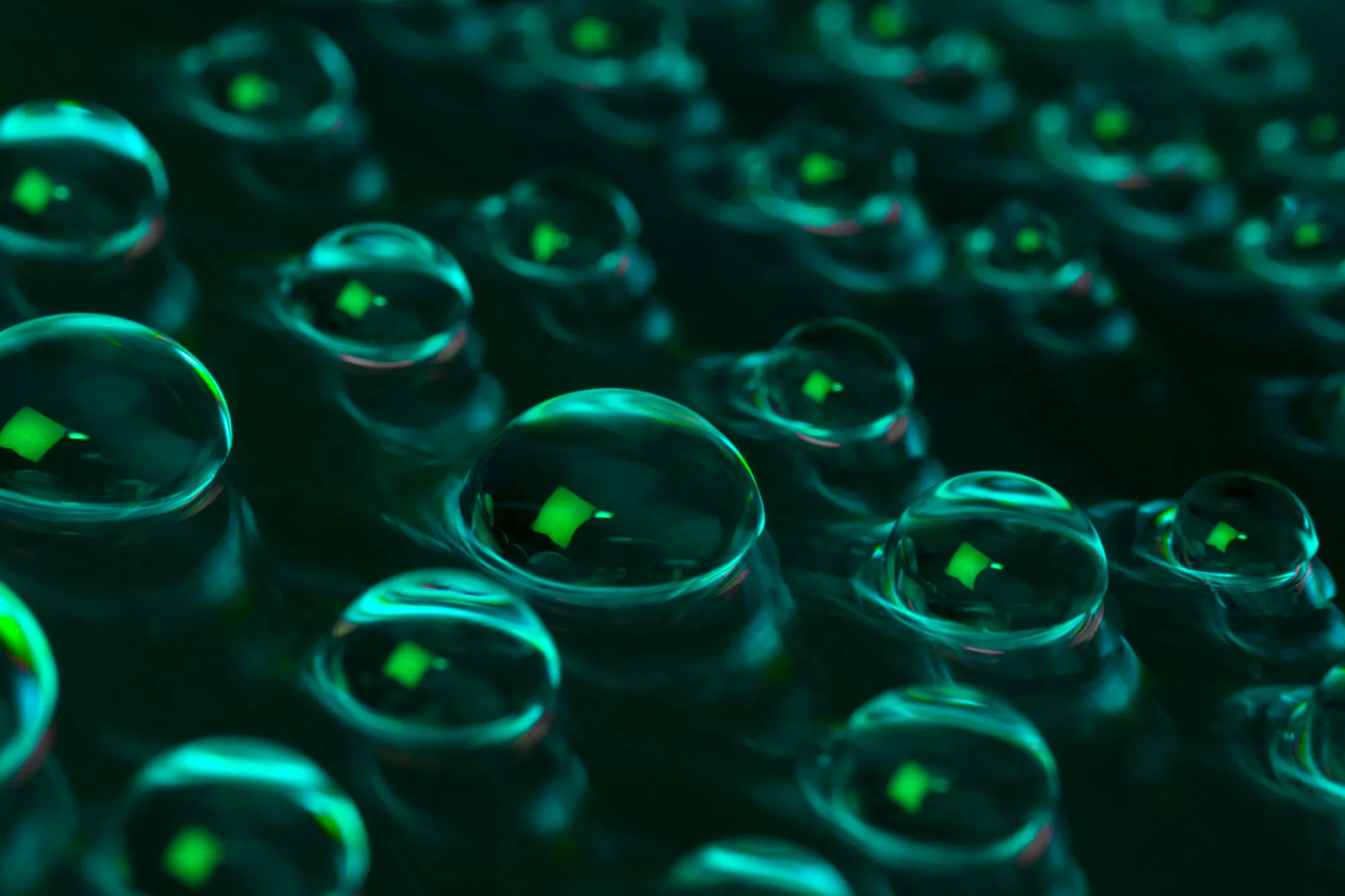In the dynamic field of biomaterials research, there is an ongoing quest to unlock the potential of novel substances for critical applications such as drug delivery and wound healing. A new study reported in “Carbohydrate Polymers” offers a significant leap in this quest, detailing the successful application of Dess-Martin oxidation in the development of specialized hydroxypropyl cellulose (HPC) and hydroxyethyl cellulose (HEC) based hydrogels that hold immense promise for biomedical uses.
The research led by the team at Qingdao University of Science and Technology, in collaboration with Virginia Tech’s Department of Sustainable Biomaterials, has culminated in a study titled “Dess-Martin oxidation of hydroxypropyl and hydroxyethyl cellulose, and exploration of their polysaccharide/polypeptide hydrogels” (DOI: 10.1016/j.carbpol.2023.121732). The peer-reviewed article provides an in-depth analysis of this innovative approach to polysaccharide oxidation and its possible impact on the industry.
The breakthrough hinges on the efficacy of Dess-Martin periodinane, a benign oxidant, in facilitating the chemoselective oxidation of HPC and HEC. The study reveals that this method not only ensures rapid and efficient oxidation but also achieves near-quantitative conversion, a challenge often encountered in the selective oxidation of polysaccharides. The resulting oxidized versions of HPC and HEC (Ox-HPC and Ox-HEC) exhibit low cellular toxicity, a critical factor for any material intended for biomedical application.
The researchers, including Jingyi Zhang, Shuo Wang, Ying Tang, Fujun Liu, Yongxian Zhao, and team leader Junyi Chen, alongside Kevin Edgar from Virginia Tech, combined these oxidized polysaccharides with a polypeptide composed of amino acids containing amine groups, specifically α-poly-l-lysine, to create novel hydrogels. These hydrogels demonstrated exceptional self-healing properties and injectability, making them ideal for practical medical use. Moreover, their inherent antimicrobial activity further underscores their potential as an innovation in wound dressings.
The authors acknowledge the financial support of the National Natural Science Foundation of China and the China Postdoctoral Science Foundation for their work, emphasizing the importance of continued research and development in this field.
This landmark research has been published under the reference ID 121732 in the journal issue dated March 15, 2024, and can be accessed through its electronic identifier S0144-8617(23)01197-9.
References
1. Zhang, J., Wang, S., Tang, Y., Liu, F., Zhao, Y., Chen, J., & Edgar, K. (2024). Dess-Martin oxidation of hydroxypropyl and hydroxyethyl cellulose, and exploration of their polysaccharide/polypeptide hydrogels. Carbohydrate Polymers, 328, 121732. https://doi.org/10.1016/j.carbpol.2023.121732
2. Lee, K. Y., & Mooney, D. J. (2012). Hydrogels for tissue engineering. Chemical Reviews, 112(7), 3053-3073.
3. George, M., & Abraham, T. E. (2006). Polyionic hydrocolloids for the intestinal delivery of protein drugs: Alginate and chitosan — a review. Journal of Controlled Release, 114(1), 1-14.
4. Hoare, T. R., & Kohane, D. S. (2008). Hydrogels in drug delivery: Progress and challenges. Polymer, 49(8), 1993-2007.
5. Peppas, N. A., Hilt, J. Z., Khademhosseini, A., & Langer, R. (2006). Hydrogels in biology and medicine: From molecular principles to bionanotechnology. Advanced Materials, 18(11), 1345-1360.
Keywords
1. Hydroxypropyl cellulose hydrogels
2. Dess-Martin oxidation
3. Biomedical polymer applications
4. Injectable hydrogels
5. Self-healing hydrogel technology
